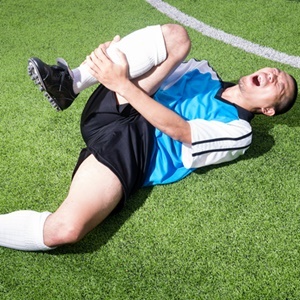
Fiberglass and plaster casts are widely used to treat broken bones in kids, but they have drawbacks compared with other methods such as braces and splints, experts say.
Doctors and patients should review the available options, considering not only treatment of the fracture, but also patient comfort and compliance as well as the burden on the family, according to a review article in the Journal of the American Academy of Orthopaedic Surgeons.
The thrill wars off
Children "may be eager to get a cast, choosing a colour that fits their personality," said lead author Dr Eric Shirley, a paediatric orthopaedic surgeon at Naval Medical Center Portsmouth in Virginia.
"However, the thrill soon wears off when they learn that they will be unable to play, swim or engage in high-impact activities while wearing a cast. What's more, complications like itching, blisters or dermatitis associated with cast management can lead to added frustration," he said in a journal news release.
A cast can also be a challenge for children attending school, and families have to schedule follow-up visits for cast removal. For every 100 paediatric fracture clinic appointments, 54 school days and 25 workdays are missed.
And complications with casts can require emergency department visits that put time and cost burdens on both the family and the health care system.
Benefits and drawbacks
"Paediatric patients are often seen in the emergency department with issues related to wet or damaged casts," Shirley said. "These complications can nearly always be addressed during normal clinic hours; however, we find that families do not want to wait or feel anxious when caring for a cast."
Using alternatives such as braces, soft casts or splints could help reduce patient anxiety, eliminate cast complications, and reduce follow-up visits, care costs and time missed from school and work, according to the review.
These alternatives are acceptable and effective for certain fractures to the forearm, shin, foot or ankle, but are not used not as often as they could be in children, the authors said.
Parents should talk with their orthopaedic surgeon about the benefits and drawbacks of the different treatment options for children with broken bones, Shirley advised.
Image credit: iStock




 Publications
Publications
 Partners
Partners











